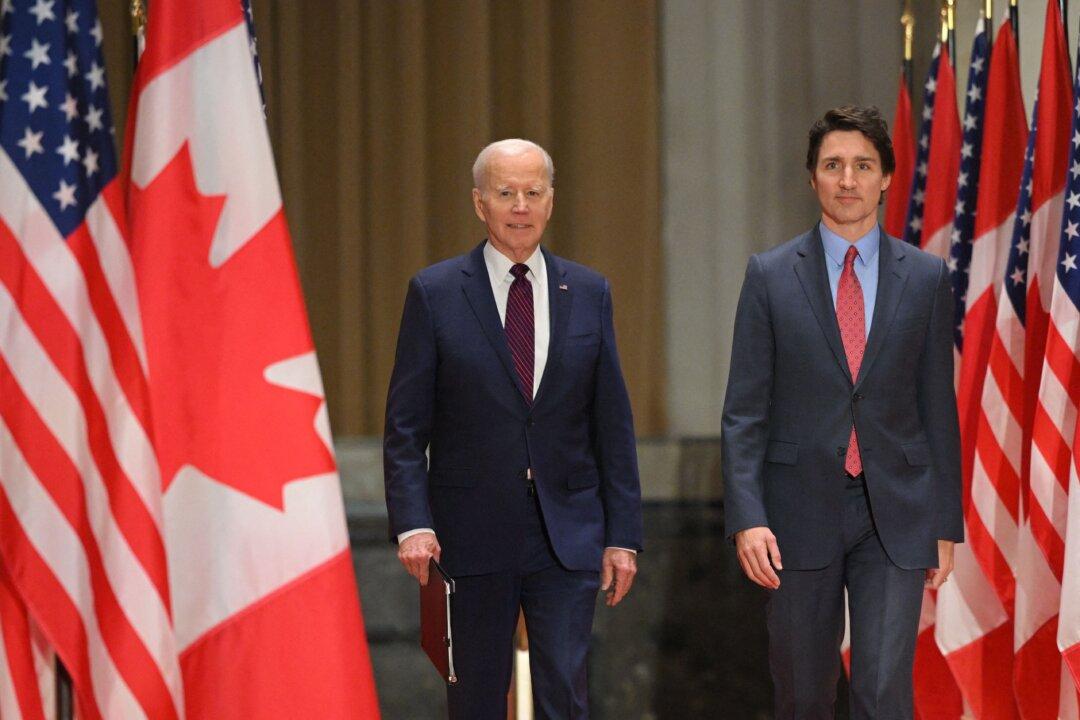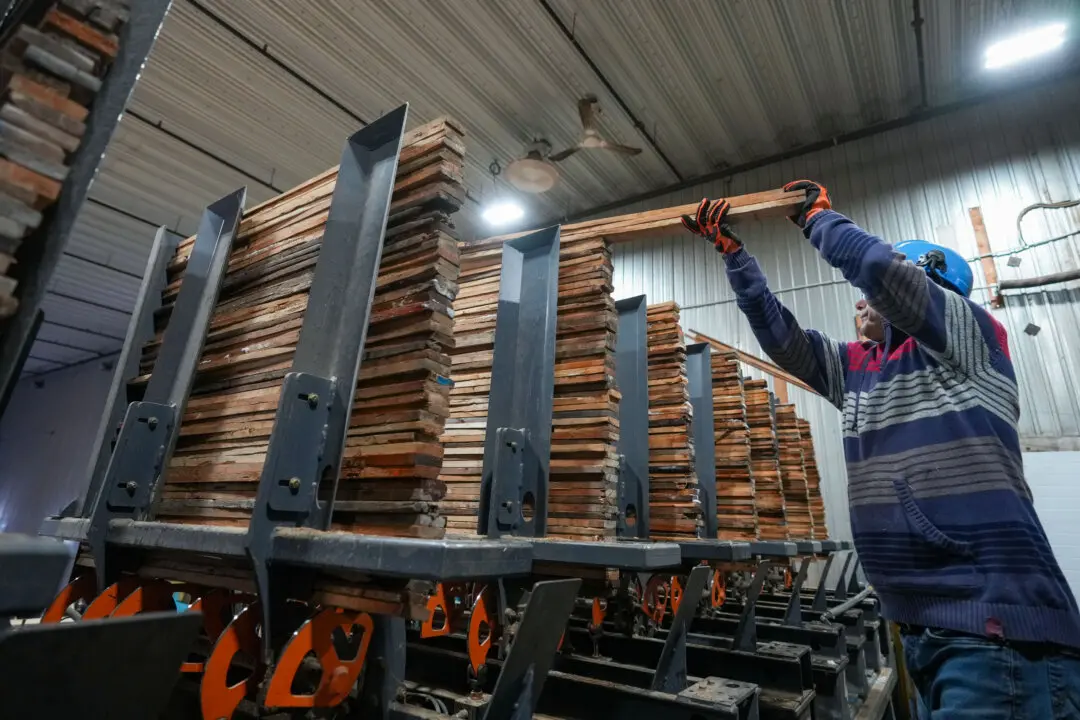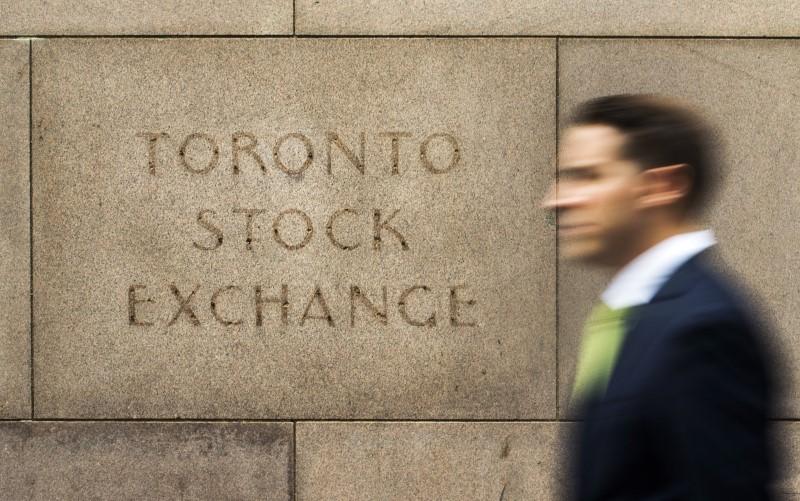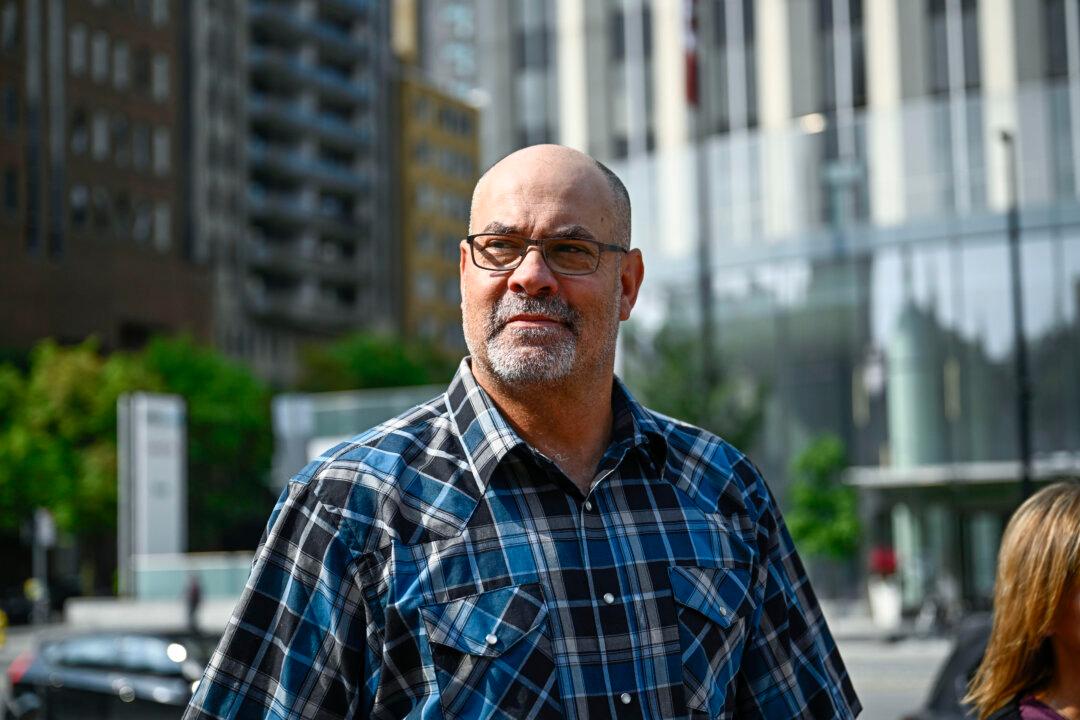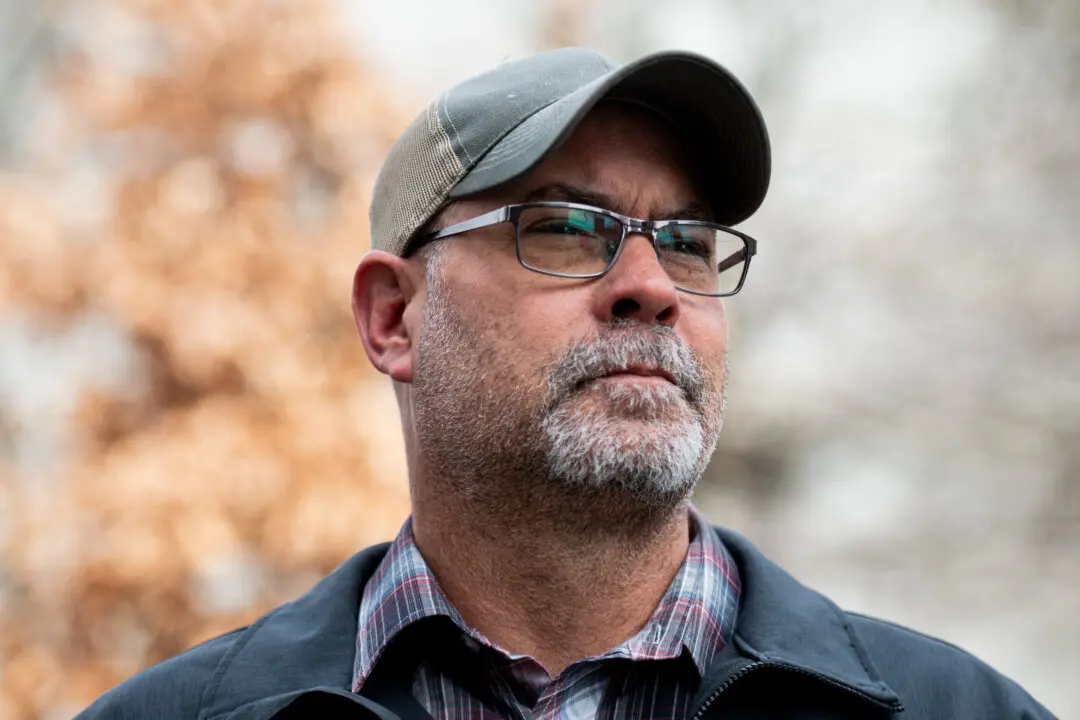Despite Canada and the United States announcing changes to the Safe Third Country Agreement on March 24 during U.S. President Joe Biden’s trip to Ottawa, the details of those changes were initialed nearly a year ago, according to U.S. government documents.
As of March 25, asylum-seekers at unofficial border-crossing points between the two countries will be turned back. This comes after years of illegal immigrants making unsanctioned crossings at places such as Roxham Road, a border entry between New York state and Quebec, in order to make asylum claims in Canada.
